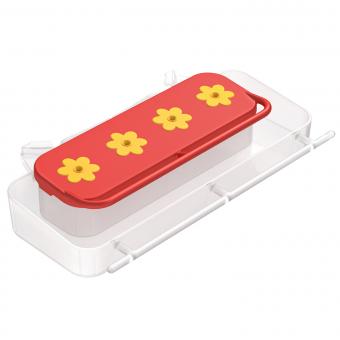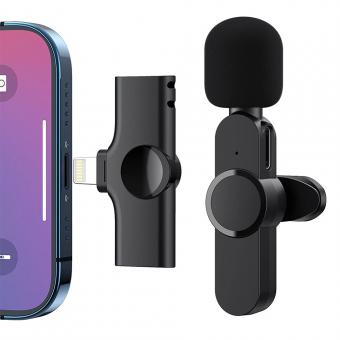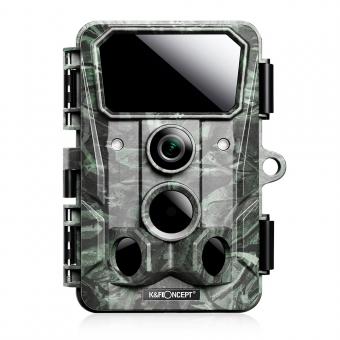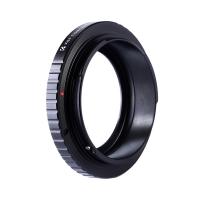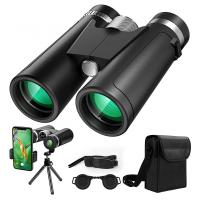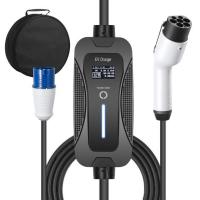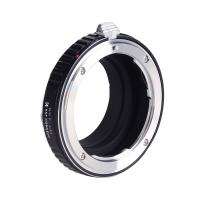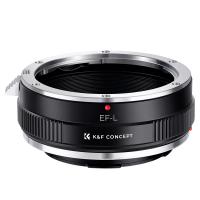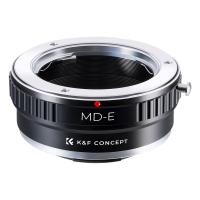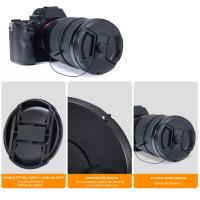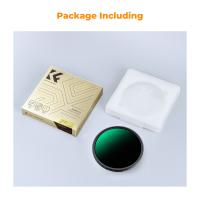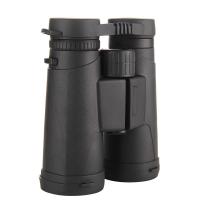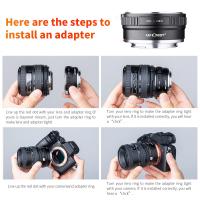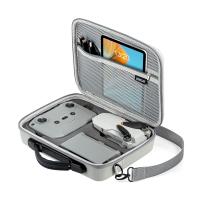How To Record Wildlife In Your Garden ?
To record wildlife in your garden, you can start by setting up a camera trap or trail camera in a strategic location. This will allow you to capture images and videos of the animals that visit your garden. You can also keep a journal or logbook to record the different species of birds, insects, and other animals that you observe in your garden. Additionally, you can participate in citizen science projects such as the Great Backyard Bird Count or the National Wildlife Federation's Wildlife Watch program to contribute your observations to larger databases. Finally, you can create a wildlife-friendly garden by planting native plants, providing food and water sources, and creating habitats such as birdhouses and insect hotels to attract and support a diverse range of wildlife.
1、 Species identification
How to record wildlife in your garden:
Recording wildlife in your garden can be a fun and rewarding activity. Here are some tips to get started:
1. Set up a camera trap: A camera trap is a great way to capture images of wildlife in your garden. You can set it up in a strategic location and leave it for a few days to capture images of animals that visit your garden.
2. Keep a journal: Keeping a journal of the wildlife you see in your garden can be a great way to track changes over time. You can record the date, time, and location of each sighting, as well as any interesting behaviors you observe.
3. Use a field guide: A field guide can be a helpful tool for identifying the species of wildlife you see in your garden. Look for a guide that is specific to your region and includes clear photos or illustrations.
4. Join a citizen science project: Citizen science projects are a great way to contribute to scientific research while recording wildlife in your garden. There are many projects that focus on wildlife monitoring, such as the Great Backyard Bird Count or the iNaturalist app.
5. Create a wildlife-friendly garden: By creating a garden that is attractive to wildlife, you can increase the chances of seeing a variety of species. Plant native plants, provide food and water sources, and create shelter for animals to live in.
Species identification:
Identifying the species of wildlife in your garden can be challenging, but there are many resources available to help. In addition to field guides, there are also online resources such as the Cornell Lab of Ornithology's All About Birds website or the National Wildlife Federation's Wildlife Library. These resources provide detailed information on the physical characteristics, behavior, and habitat of different species, as well as photos and audio recordings to aid in identification. Additionally, there are many smartphone apps available that can help with species identification, such as Merlin Bird ID or iNaturalist. These apps use image recognition technology to identify species based on photos taken with your phone. However, it's important to remember that even with these tools, species identification can be difficult, and it's always best to consult with an expert if you're unsure.
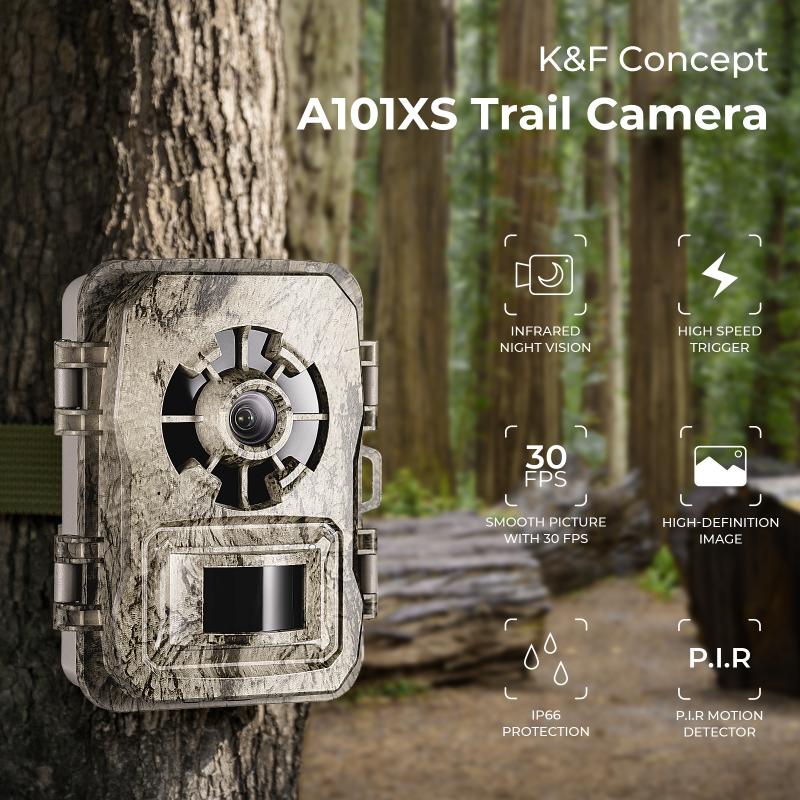
2、 Habitat assessment
How to record wildlife in your garden:
Recording wildlife in your garden can be a fun and rewarding activity. Here are some tips on how to do it:
1. Keep a journal: Start by keeping a journal of the different species you see in your garden. Note down the date, time, and location of each sighting, as well as any interesting behaviors you observe.
2. Use a camera: A camera can be a great tool for recording wildlife in your garden. You can use it to take photos or videos of the animals you see, which can help you identify them later.
3. Set up a wildlife camera: If you want to capture footage of wildlife in your garden when you're not around, consider setting up a wildlife camera. These cameras are motion-activated and can capture high-quality images and videos.
4. Create a wildlife-friendly garden: To attract more wildlife to your garden, create a wildlife-friendly habitat. This can include planting native plants, providing food and water sources, and creating shelter.
5. Join a citizen science project: There are many citizen science projects that focus on recording wildlife in gardens. By joining one of these projects, you can contribute to scientific research while also learning more about the wildlife in your garden.
Habitat assessment:
Assessing the habitat in your garden is an important step in understanding the wildlife that lives there. Here are some things to consider when assessing your garden's habitat:
1. Food sources: What types of food sources are available in your garden? Do you have plants that provide nectar for pollinators, or berries for birds? Are there insects present that provide food for other animals?
2. Water sources: Do you have a water source in your garden, such as a pond or bird bath? If not, consider adding one to attract more wildlife.
3. Shelter: Are there places for wildlife to hide and take cover in your garden? This can include dense shrubs, trees, and even piles of leaves or brush.
4. Nesting sites: Do you have nesting sites for birds and other animals in your garden? This can include birdhouses, bat boxes, and even hollow logs.
5. Diversity of plants: Finally, consider the diversity of plants in your garden. Planting a variety of native plants can help attract a wider range of wildlife and provide a more diverse habitat.
In recent years, there has been a growing awareness of the importance of creating wildlife-friendly habitats in gardens. By assessing your garden's habitat and taking steps to make it more wildlife-friendly, you can help support local biodiversity and create a more sustainable environment.
3、 Behavioral observations
How to record wildlife in your garden? One way is through behavioral observations. This involves watching and documenting the actions and interactions of the animals that visit your garden. You can do this by setting up a camera trap or simply spending time observing from a distance.
When observing wildlife, it is important to be patient and quiet. Try to blend in with your surroundings and avoid making sudden movements or loud noises that could scare away the animals. Take note of the time of day, weather conditions, and any other factors that may affect the behavior of the animals.
In recent years, there has been a growing interest in citizen science projects that involve recording wildlife in gardens. These projects allow individuals to contribute to scientific research by sharing their observations and data with researchers. Some examples of these projects include the Garden Wildlife Health Project and the Big Butterfly Count.
Recording wildlife in your garden can be a fun and rewarding activity that also helps to promote conservation and scientific research. By observing and documenting the behavior of the animals that visit your garden, you can gain a greater appreciation for the natural world and contribute to our understanding of the complex ecosystems that exist all around us.
4、 Data collection methods
How to record wildlife in your garden is a question that many nature enthusiasts ask themselves. There are several ways to do this, and the method you choose will depend on your interests and the type of wildlife you want to observe. One of the most popular methods is to use a camera trap. This involves setting up a camera in your garden and leaving it to record wildlife activity. You can then review the footage to identify the different species that visit your garden.
Another method is to conduct a survey of the different species that live in your garden. This can be done by observing the different animals that visit your garden and recording their behavior. You can also use a field guide to identify the different species that you see.
Data collection methods for recording wildlife in your garden have evolved over time. With the advent of technology, there are now several apps that you can use to record and identify different species. These apps use image recognition technology to identify different animals and plants. They also allow you to record the location and time of your observations, which can be useful for tracking changes in wildlife populations over time.
In conclusion, there are several ways to record wildlife in your garden, and the method you choose will depend on your interests and the type of wildlife you want to observe. With the latest technology, it has become easier to record and identify different species, making it easier for nature enthusiasts to contribute to scientific research and conservation efforts.


